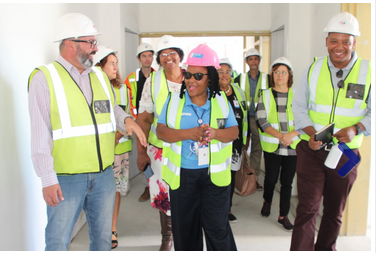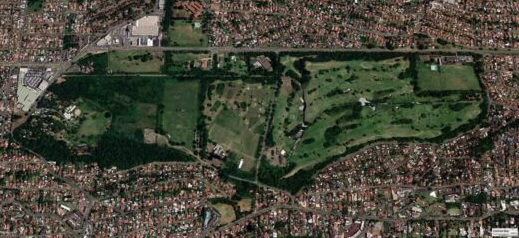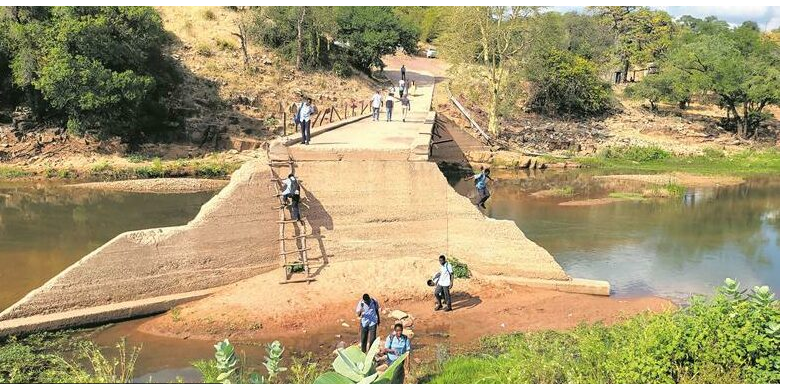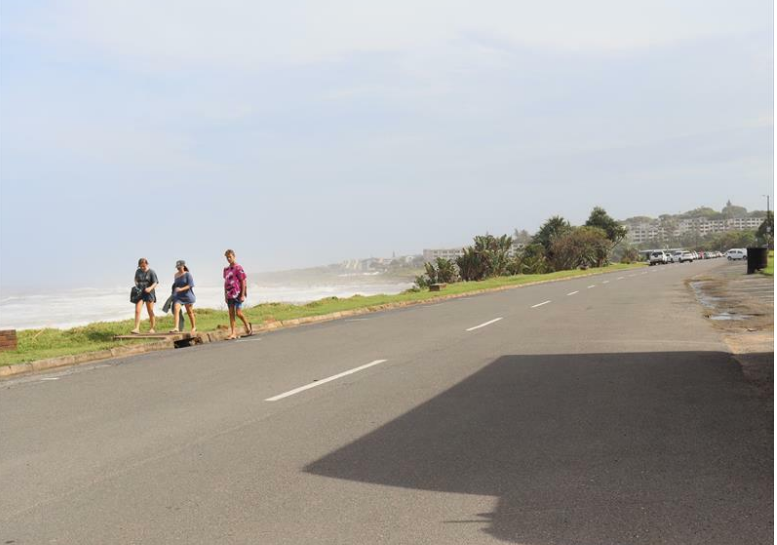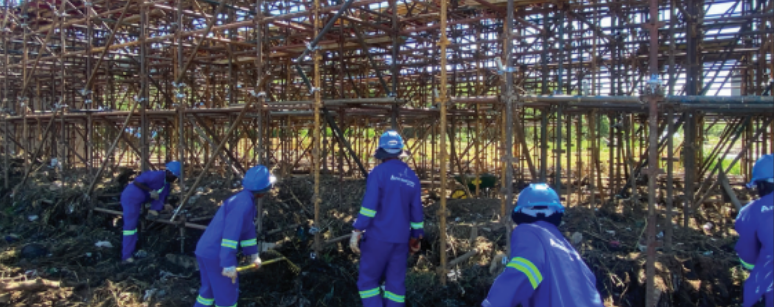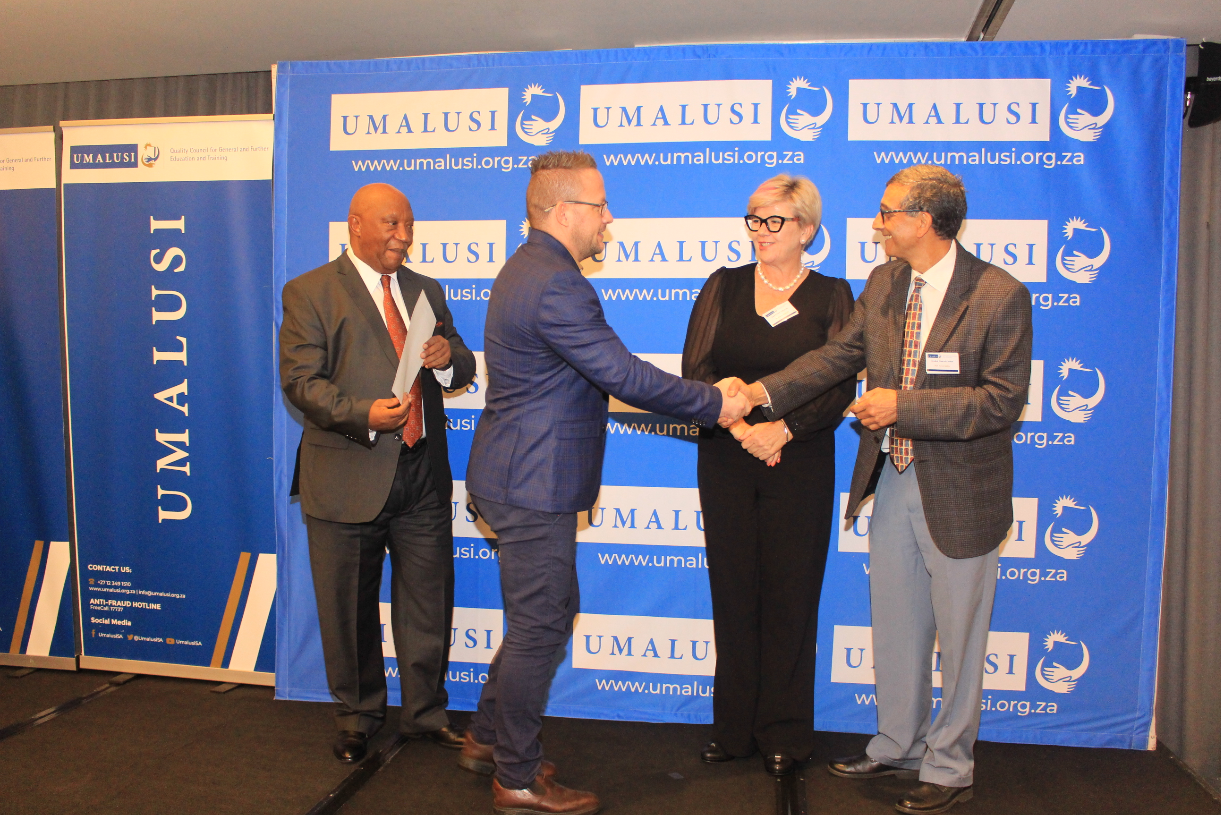Mega science SKA project reaches 10-year mark

30-05-2022
Read : 382 times
ITWeb
Source
This week marks the 10-year anniversary since SA was announced as one of the hosts of the Square Kilometre Array (SKA) telescope project.
South Africa and Australia are the joint hosts of the SKA telescope project, an international effort to build the world’s largest radio telescope, with eventually over a square kilometre (one million square metres) of collecting area.
Furthermore, SA is one of the six founding member countries of the SKA Observatory intergovernmental treaty organisation. The treaty will ensure the commitment of the participating countries in jointly building and managing the SKA project.
Higher education, science and innovation minister Dr Blade Nzimande commemorated the 10-year anniversary mark of the giant radio telescope on Africa Day, highlighting its benefits.
According to Nzimande, astronomy in Africa has seen a growth spurt that is providing career opportunities for young students interested in the sciences and engineering.
“South Africa has awarded about 2 000 bursaries over the past 15 years for undergraduate and postgraduate studies in astrophysics, data science, engineering and artisanal skills,” says the minister.
“This intensive human capital development and training is undertaken mainly through the SKA HCD bursary programme and the National Astronomy and Space Science Programme.”
The minister notes that students from other African countries have also been trained through these programmes and some have returned to their home countries and developed astronomy programmes in universities there.
The total estimated cost of constructing the SKA in SA and Australia, and the associated operations and business-enabling functions, will be €2 billion (R33.6 billion) over the 2021-2030 period.
Nzimande notes the procurement of major contracts for the SKA telescopes is already under way and will continue in the coming months. It’s expected that the SKA Observatory will place about 70 contracts with its member states, with competitive bidding taking place within each country.
South African companies and the South African Radio Astronomy Observatory (SARAO) will benefit from some of these contracts, as it is taking a leading role on the work packages that will be rolling out the required infrastructure at the telescope site in the Northern Cape, he states.
“This will result in scientific, technological and socio-economic benefits for South Africa in the next 10 years and beyond, will create many jobs during construction and operations, and will build more skills through training and development.”
The giant radio telescope is expected to be completed in 2028.
With work on the SKA project under way, the MeerKAT telescope has been built by South Africans.
MeerKAT, originally the Karoo Array Telescope, is a radio telescope inaugurated in 2018, consisting of 64 antennas spread over a diameter of 8km in the Northern Cape.
According to the SARAO, MeerKAT is currently the most sensitive telescope of its kind in the world and is a precursor to the SKA.
Already, the MeerKAT radio telescope has made some ground-breaking discoveries. In December, an international team of astronomers utilised the radio telescope to discover a mysterious chain of hydrogen gas clouds the size of a massive galaxy.
Nzimande points out the MeerKAT telescope will continue to do “great” scientific work until it is fully integrated into the SKA in the next five to seven years, noting that 133 more dishes will be added to the 64-dish telescope.
Recent News
Here are recent news articles from the Building and Construction Industry.
Have you signed up for your free copy yet?
